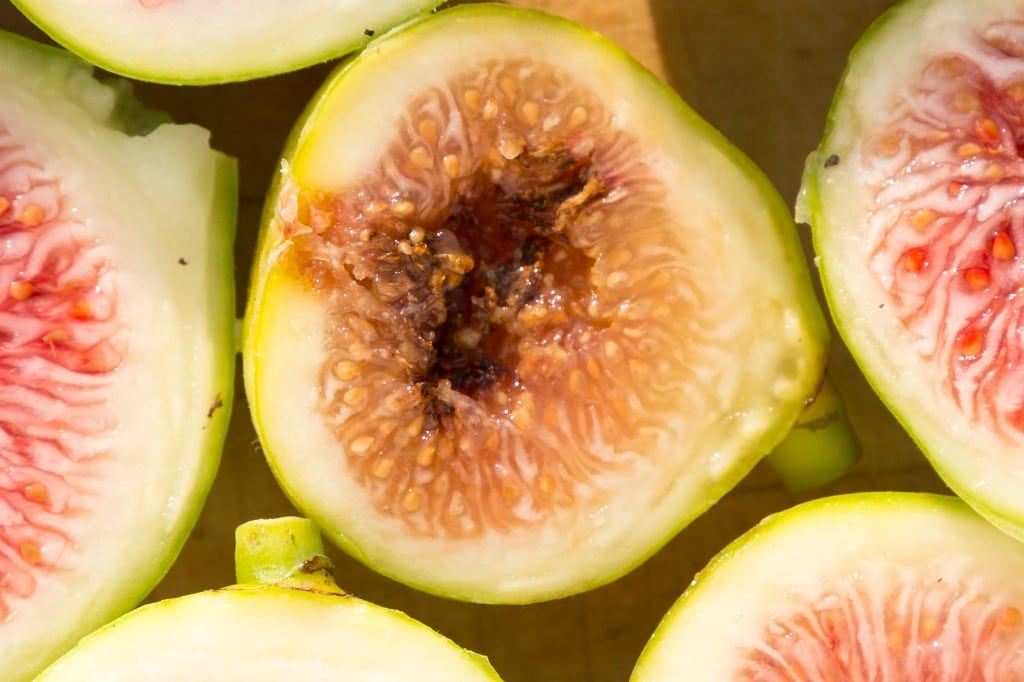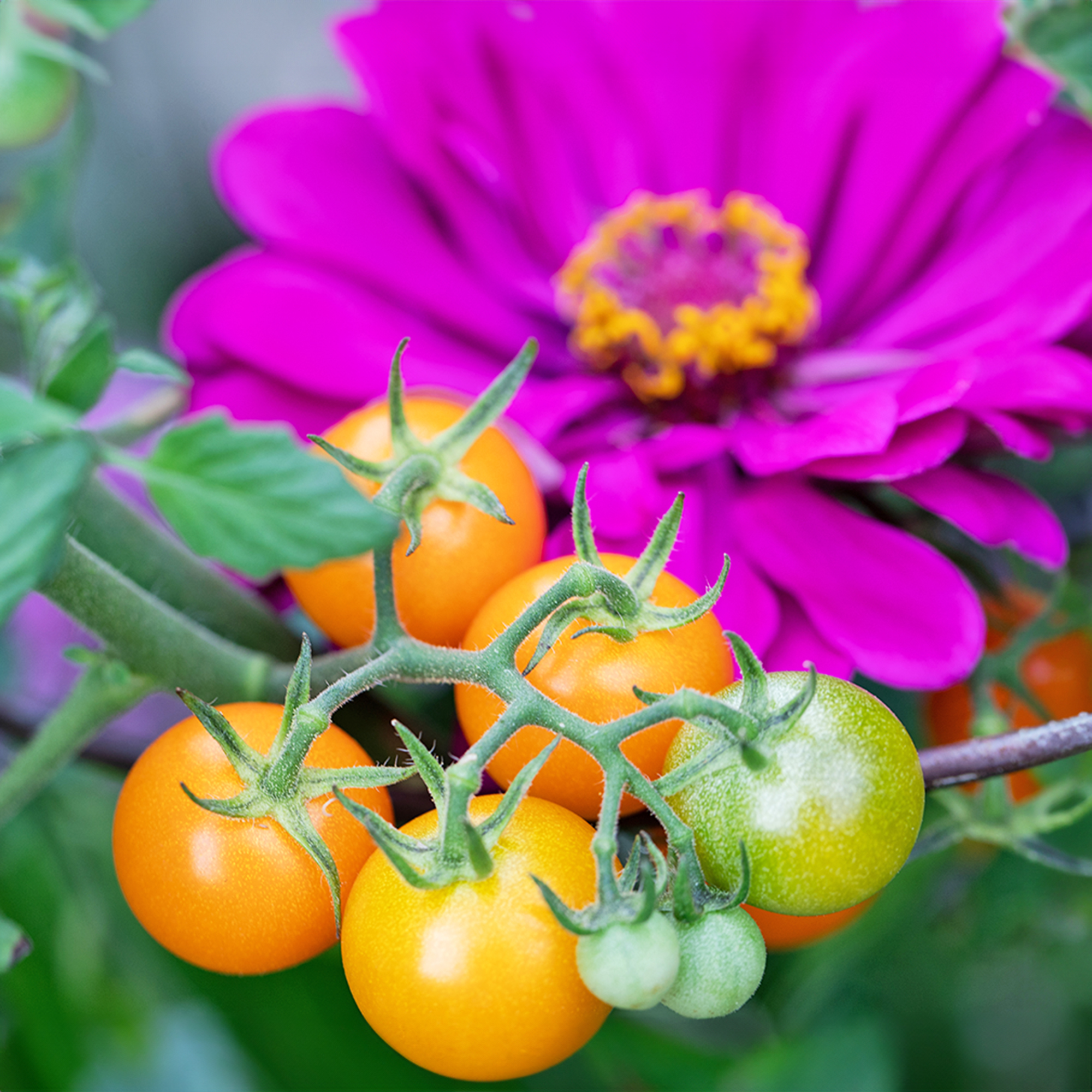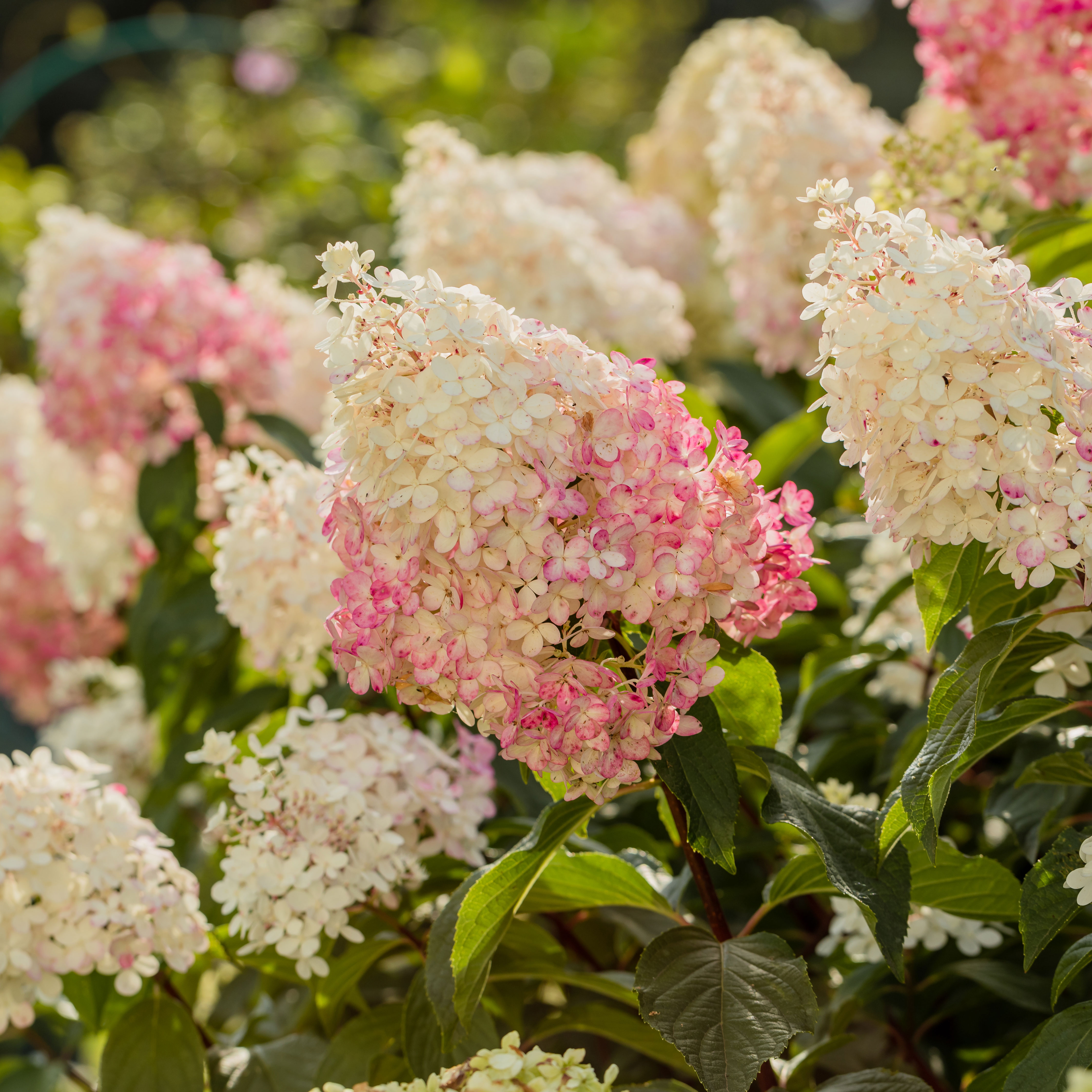Fig Souring Info: Learn What Causes Fig Souring And How To Treat


Fig souring, or fig sour rot, is a nasty business that can render all the fruits on a fig tree inedible. It can be caused by a number of different yeasts and bacteria, but it is pretty much always spread by insects. Luckily, there are some easy and effective ways to avoid the problem. Keep reading to learn more about identifying sour figs and managing fig sour rot.
What is Fig Souring?
Symptoms of fig souring are usually easily recognizable. As the figs start to ripen, they will give off a fermented smell and a pink, syrupy liquid will begin to ooze from the eye, sometimes forming bubbles as it comes out. Eventually, the flesh inside the fruit will liquefy and become covered in a white scum. The fruit will go limp and black, then shrivel up and either drop from the tree or remain there until it is removed. The rot might then spread to where the stem attaches to the fruit, forming a canker in the bark.
What Causes Fig Souring?
Fig souring isn’t a disease in and of itself, but rather the result of any of a large number of bacteria, fungi, and yeasts entering into the fig and essentially rotting it from within. These things enter the fig through its eye, or ostiole, the little hole at the base of the fruit that opens up as it ripens. When this eye opens, tiny insects enter it and bring the bacteria with them. Nitidulid beetles and vinegar fruit flies are common insect culprits.
How to Prevent Fig Sour Rot
Unfortunately, once a fig has begun to sour, there’s no saving it. Spraying insecticides to control the insects that spread bacteria is sometimes effective. The best way to prevent sour figs, however, is to plant varieties that have either narrow or no ostioles. Some good varieties are Texas Everbearing, Celeste, and Alma.
Gardening tips, videos, info and more delivered right to your inbox!
Sign up for the Gardening Know How newsletter today and receive a free copy of our e-book "How to Grow Delicious Tomatoes".

The only child of a horticulturist and an English teacher, Liz Baessler was destined to become a gardening editor. She has been with Gardening Know how since 2015, and a Senior Editor since 2020. She holds a BA in English from Brandeis University and an MA in English from the University of Geneva, Switzerland. After years of gardening in containers and community garden plots, she finally has a backyard of her own, which she is systematically filling with vegetables and flowers.
-
 8 Perfect Flowers To Plant With Tomatoes To Boost Yields & Banish Pests
8 Perfect Flowers To Plant With Tomatoes To Boost Yields & Banish PestsDon’t forget flowers when choosing companion plants for your tomato beds or pots. These pretty, fragrant flowers add beauty but are also highly beneficial.
By Mary Ellen Ellis
-
 Want The Longest Lasting Hydrangea Flowers? Grow These 8 Panicle Hydrangea Varieties
Want The Longest Lasting Hydrangea Flowers? Grow These 8 Panicle Hydrangea VarietiesFor ornamental shrubs that deliver the longest flowering seasons with plush blooms and delicate hues, these panicle hydrangea varieties are essential in your yard
By Tonya Barnett